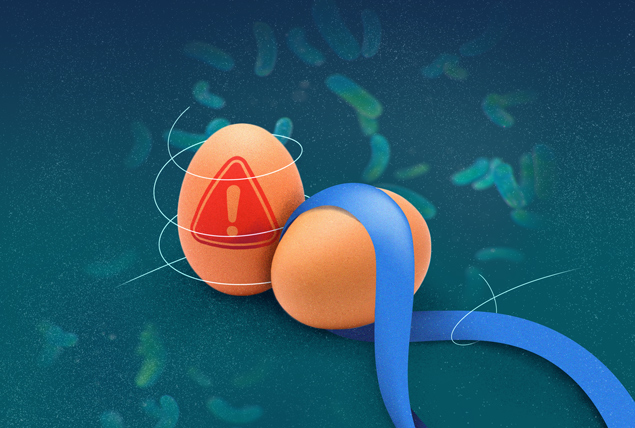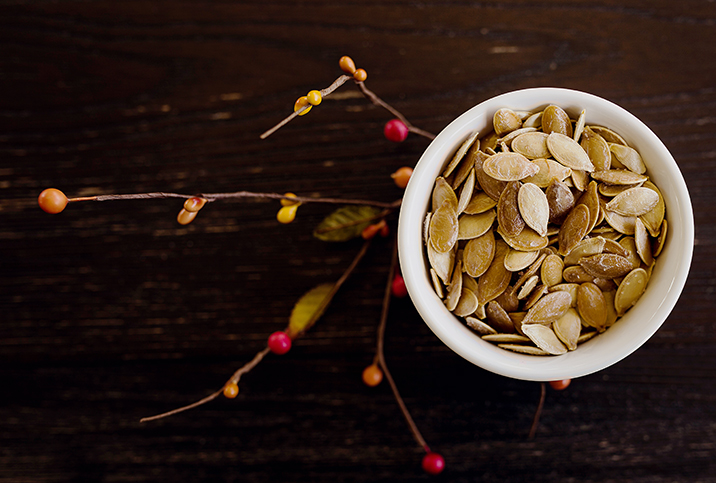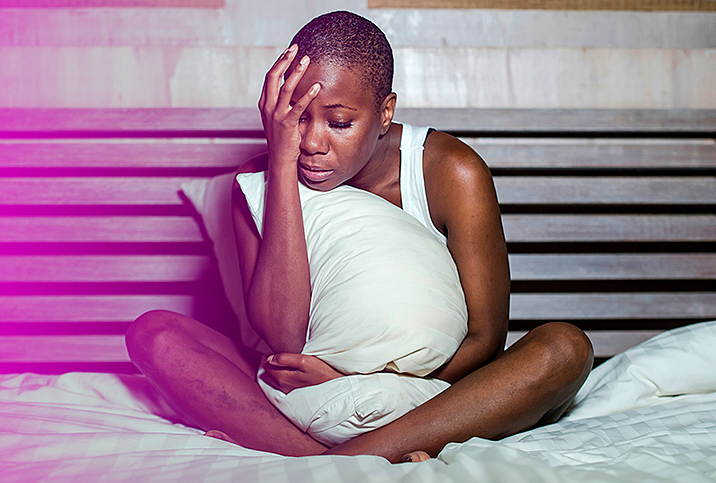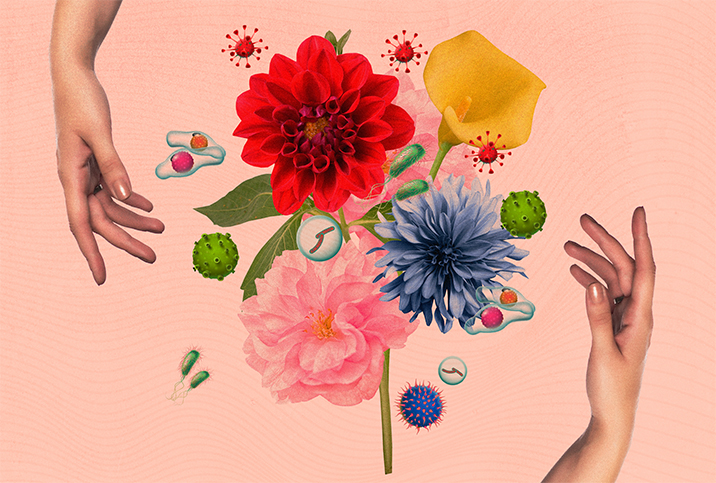Help! Why Am I Bleeding During My Yeast Infection?

Vaginal yeast infections are often more of an inconvenience than a real threat to a person's health. The symptoms of this fungal infection are usually on the minor side (not to discount the discomfort), so it's understandable to feel alarmed when you see blood on the toilet paper.
What is a yeast infection?
Yeast infections are among the most common health issues women face: 3 out of 4 women get a yeast infection at some point in their lives, according to the Office on Women's Health at the U.S. Department of Health and Human Services. Nearly half of those women get infected at least twice.
'The spotting in and of itself is simply a sequela of the yeast infection. The main concern is ensuring that the patient is treated and, ultimately, has symptom relief.'
The medical term for a yeast infection is vulvovaginal candidiasis, essentially a form of vaginitis or an infection of the external reproductive organs. It occurs when a woman experiences an overgrowth of the Candida albicans fungus in her vagina. While Candida is naturally present in the human body, it can multiply more rapidly if its chemical balance is off-kilter, which triggers an immune system response.
Yeast infection symptoms include:
- Itching
- Soreness
- Pain when urinating
- Clumpy, white discharge similar in appearance to cottage cheese
Infections can arise when there is a disruption in vaginal pH or a shift in the vaginal flora, according to Kiarra King, M.D., an OB-GYN in Chicago. Complications can occur with untreated yeast infections. But thankfully, yeast infections are easy to diagnose.
Given how fungus multiplies in hot, moist areas, yeast infections are more common during the warmer months. But they may also be caused by any of the following:
- Hormonal changes, such as those that occur during menstruation, pregnancy and the menopausal transition
- Being on a regimen of antibiotics, steroids or other medications
- Having type 1 or type 2 diabetes
- Having a weakened immune system
- As a natural reaction to another person's physical chemistry during intercourse
Bleeding during a yeast infection
It is important to note that candidiasis is an inflammatory condition that can lead to pain, swelling and a small amount of bleeding. While it's not one of the more common symptoms of candidiasis, minor bleeding does occur in some cases. It usually happens because of minute cuts, tears or even sores in the vaginal tissue resulting from the infection. Minor bleeding typically happens in women who suffer frequent yeast infections.
"Many women will experience vaginal itching or burning, clumpy, white discharge and, occasionally, vaginal spotting," King said. "For some, yeast can cause cervicitis, or irritation of the cervix. This can lead to spotting or light vaginal bleeding. Spotting may also be due to vulvar irritation as a result of scratching."
Should you worry about bleeding? The answer largely depends on how much bleeding you're experiencing.
Most gynecologists agree that seeing very small amounts of blood after wiping shouldn't worry you. Faint streaks or spots should not cause any alarm, confirmed Laura Downing, M.D., an OB-GYN in Austin, Texas.
However, if the bleeding is significantly heavier—say, period levels of blood—you should immediately consult your gynecologist to check if the yeast infection has worsened or if the bleeding is from a different condition.
Vaginal bleeding outside of a normal menstrual cycle can be caused by polycystic ovary syndrome (PCOS), thyroid issues, pregnancy, miscarriage, sexually transmitted diseases (STDs), polyps, fibroids and various reproductive cancers, according to the Mayo Clinic. It's crucial to see your doctor if you have heavy bleeding or pain.
Downing and King also recommended that patients go in for an immediate examination if the bleeding persists—regardless of how minimal it is—after they have finished a full regimen of prescribed medication. This could indicate the yeast infection has worsened and spread to other organs.
Preventing bleeding during a yeast infection
Preventing irritation and bleeding from yeast infections involves avoiding the initial infection in the first place.
Preventive measures may include:
- Wearing underwear made with breathable materials such as cotton, especially during the hotter months
- Not wearing tight clothing, especially trousers, shorts and leggings
- Properly rinsing intimate areas after using the toilet
- Properly wiping yourself dry after using the toilet
- Keeping your blood sugar and urinary sugar at healthy levels
- Avoiding the use of perfumed or chemically formulated vaginal sprays, wipes and douches
Take note, however, that not all methods of prevention may be successful, depending on your anatomy, the general state of your health and your personal hygiene habits.
Doctors caution against self-diagnosis. King said yeast infections may be confused with other vaginal infections, such as bacterial vaginosis (BV), when self-diagnosis occurs, and the treatments are very different. The sooner treatment takes place, the sooner symptoms can resolve.
"Occasionally, I've seen women present with a more extreme clinical presentation that includes spotting. The spotting in and of itself is simply a sequela of the yeast infection. The main concern is ensuring that the patient is treated and, ultimately, has symptom relief," King said.
The bottom line
The most important action you can take when you experience unexpected bleeding is to call your doctor and schedule an appointment, especially if you experience recurring yeast infections. Fortunately, they are typically simple to treat. Your healthcare professional can prescribe treatment to have you feeling better in no time.














